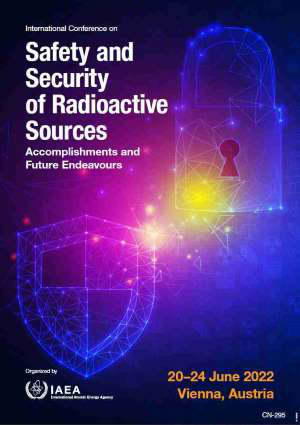Speaker
Description
The Radiation unit, a gamma sterilization facility at the Vinca Institute of Nuclear Sciences, is one of over 200 gamma irradiators operating worldwide. Gamma radiation is used for a variety of products: syringes, surgical gloves, gowns, masks, adhesive patches, dressings, ‘tetrapacks’, pacifiers for premature babies, artificial joints, food packaging, raw materials for pharmaceuticals and cosmetics, and even wine. the gamma plugs are sterilized. The gamma sterilization process at the Vinca Institute of Nuclear Sciences uses Cobalt 60 radiation to kill microorganisms on various products. Gamma ray processing gives fast processing time, easily penetrates the packaging and the product and is economical.
Risks associated with the use of radioactive materials are numerous. Legislation in Serbia strictly prescribes the conditions of use of radioactive material to protect the exposed personnel, the population, and the environment. There is also a threat of nuclear terrorism in all plants with radioactive sources. Therefore, in 2016, in the Radiation Unit of the Vinca Institute, a new innovative security system was established in cooperation with the International Atomic Energy Agency (IAEA), Department of Energy USA, (DOE), and Vinca Institute.
In this project the palm vein cameras were placed at the entrance to the control room. Also, the system provides video surveillance of the entire plant. As part of the project, armored security doors, and the new radiation detector at the entrance to the labyrinth were installed.
In the second phase of the project, which started last year, the main task was the introduction of a new central alarm station within the Institute, as well as connecting individual facilities with this station. Facilities containing radioactive or nuclear material will be connected to the new central alarm station.
In this paper, most attention is paid to the description of the new central alarm station, the way the station works, and the problems we encounter during the realization of this crucial project. Also, some future possibilities for improving the system are presented.
| Country OR Intl. Organization | Serbia |
|---|

